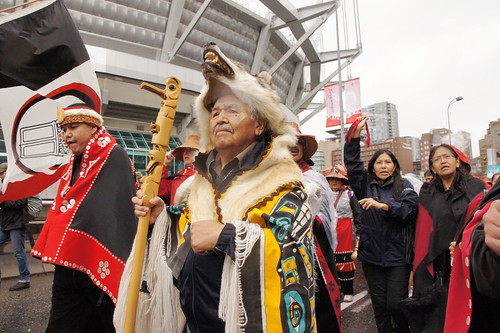After viewing the numerous short films and documentaries offered in Module 3, and in my continuing research to understand the role of digital media in Indigenous culture and education, I have been seeking out resources having to do film making and new media creation. One such source of these resources that I have recently discovered is the National Indigenous Media Arts Coalition (NIMAC). NIMAC is the Indigenous branch of the Independent Media Arts Alliance (IMAA).
NIMAC promotes and advocates for the work of Indigenous media artists and arts organizations. The coalition has a variety of initiatives including advocacy, the commissioning of works, artistic residencies and the maintenance of resources for Indigenous media artists on the NIMAC website. Two very helpful sections of the NIMAC website are the Training and Education page and the Tool Kits. These two areas of the site provide a very thorough idea of the organizations and programs across the country that support the development of new media materials by and for Indigenous people.

